As a coach of age group world and national champions, I have a firm belief that an athlete should always be between eight and 12 weeks away from an exceptional performance. Which means you should always work on speed development. If you drift too far away from speed work, you will see a plateau in performance and potentially injury.
Why are Hills so Important?
MORE: Offseason Speed: 5 Reasons You're Not Swimming Any Faster
View the original article on TrainingPeaks.com.
1. They Build Your Strength
1 of 12
If the intensity is correct, the muscle recruitment is at its highest level, helping you increase your distance per step. Developing this muscular strength is critical for long-term health and development. Hill repeats are also the best, most specific form of strength training a runner can do.
Find:
Your Next Triathlon2. They Improve Your Speed
2 of 12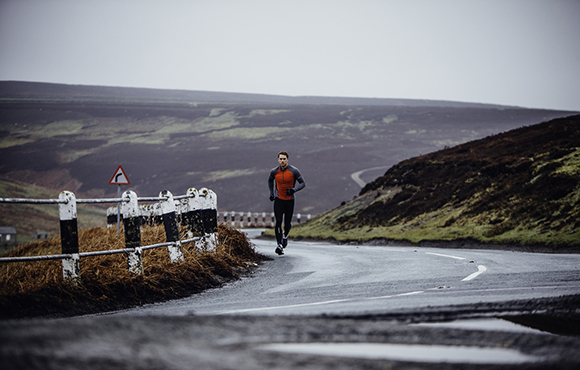
Hills are the best form of plyometrics you can do. If you want to run faster, you have to develop an elastic, responsive stride. If you feel like you stomp the ground, this is a great sign that your stride needs improvement. The ability to use the ground's energy to become more elastic is critical for success and prevents injury.
Find:
Your Next Triathlon3. They Improve Your Coordination
3 of 12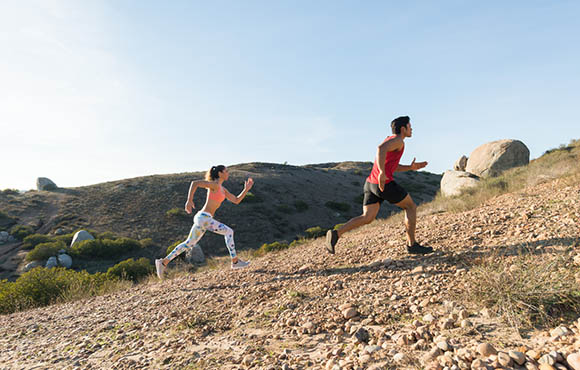
Do you not feel comfortable or coordinated when you try and run fast? I've worked with many ITU athletes who grew up swimming but had very little running background. They benefitted greatly from hill sprints because it taught them proper running form and speed very quickly.
Now that you're ready to head into the hills, there are some parameters to keep in mind.
Find:
Your Next TriathlonProgress Slowly
4 of 12
When you start doing hill repeats, you want to gradually progress from a short, fast sprint to a longer one so as to give your body enough time to warm up and get accustomed to the coordination needed. Always start short. Begin with a hill sprint that takes you less than 10 seconds to complete, then gradually work up to one that takes you roughly 30 seconds. Finish your workout with hill sprints that takes between 40 and 60 seconds. If you're new to hill repeats, or you are injured, then stick to the shorter duration sprints and don't progress until you feel ready. I recommend five to six repetitions of each length of repeat.
Find:
Your Next TriathlonFocus on Intensity
5 of 12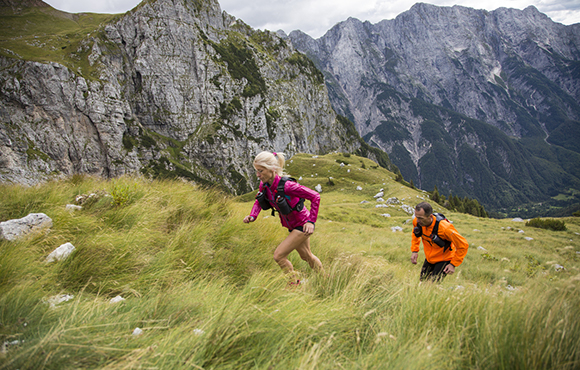
The intensity is critical. To make hill repeats effective you need to go very hard. In fact, when doing your eight to 10 second hill repeats, you should be going at maximum effort. If you don't go hard enough, you're wasting your time. As the hills progress in length, the intensity doesn't change much. When you graduate to 40 to 60 second hill repeats, they become incredibly challenging. Your legs will flood with lactate and you will experience a high level of fatigue.
Find:
Your Next TriathlonLearn the Proper Frequency
6 of 12
This depends on your physiology and injury background; not all athletes are treated the same. We do a Run Profile Test with each athlete to show us their technical flaws and their physiology. We also need to know their injury background. If an athlete is frequently injured, they will learn to love 10 second hill repeats.
The Run Profile Test includes a 100m sprint ,1 mile, and 400m effort (in this order). As coaches, we watch for technical flaws in your stride, your elasticity levels, and the differences in your speed versus aerobic properties. If we're working with a remote athlete we have their training partner video them at certain moments in each repetition. If the athlete scores well on the speed portion, we train them differently than someone who scores low. Every athlete is different.
Find:
Your Next TriathlonAdd Run Drills
7 of 12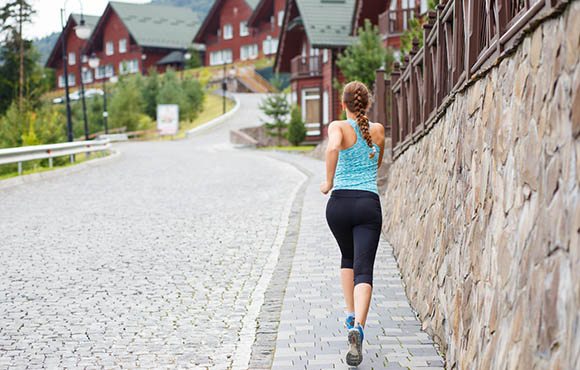
Run drills are important and shouldn't be avoided. However, if you think only performing run drills will make you a faster and healthy runner, you're wrong. Drills teach you how to feel your stride at certain points and increase mobility. In a hill repeat session, we do them before entering each repetition. We perform a specific drill, for example butt kicks, for 10 meters or 10 seconds, then explode into a maximum-effort 10 second hill sprint from a standing start. The objective of the drill is to keep the athlete engaged on what they should be focusing on during the hill repeat. Some of the drills we use include slow marches, butt kicks, high knees, ankle pops, skips and bounding.
There are many common mistakes that I see runners make while doing hill repeats. The most common include the following.
Find:
Your Next Triathlon1. Not Enough Rest Between Repeats
8 of 12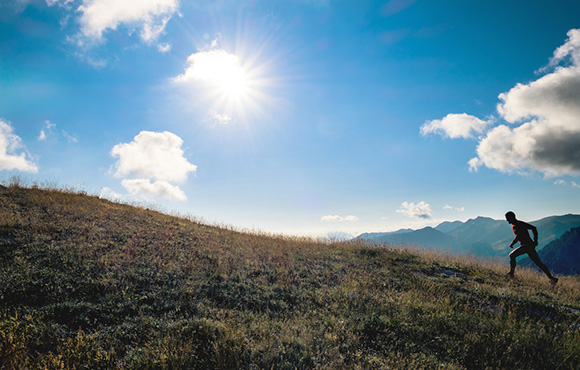
Remember, hills are meant to be educational and not purely for conditioning. You are expected to go maximum effort or close to it. If you don't allow enough rest, by the third repeat the intensity slips and you've lost the benefit. You should allow a full recovery between each hill.
Find:
Your Next Triathlon2. Skipping the Short Repeats
9 of 12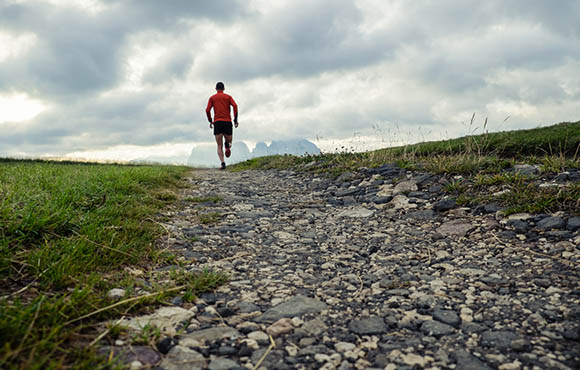
Don't skip the 10 second hill efforts and go straight to the 30 second efforts. When you begin training, the stress should first come from the frequency and volume set for the athlete. We start with short hill repeats to not overload the athlete to much too early.
Find:
Your Next Triathlon3. Not Going Hard Enough.
10 of 12
The goal is maximum muscle recruitment. You have to achieve maximum recruitment at 10 seconds before you can at 30 seconds. The short hill sprints are what keep you healthy, they lay the foundation for the year. Even if you have a long hill, use that long hill to do short repeats if that's the amount of time you can go at maximum effort.
Find:
Your Next Triathlon4. Poor Hill Gradient
11 of 12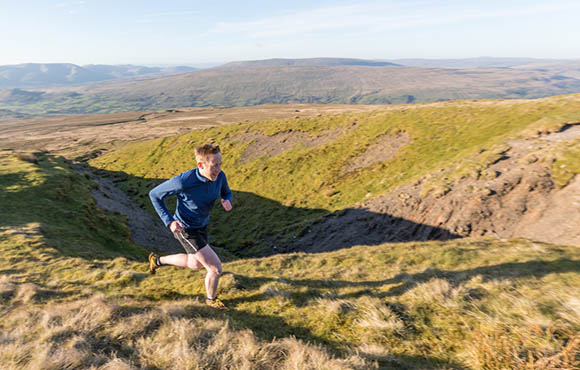
You never want to sacrifice your posture for an overly steep hill. On the other hand, a hill not steep enough won't provide you with the resistance needed to execute the workout. A good rule of thumb is a hill no less than 5 percent and no greater than 10 percent. How steep you go depends on how well you can keep a good, natural running position while still being able to work at a maximum effort.
Test out what these hill repeats can do for you. Resist the urge to accelerate the progression too quickly. I can almost guarantee you will feel faster and more coordinated in your upcoming races.
Find:
Your Next TriathlonAbout the Author







Discuss This Article